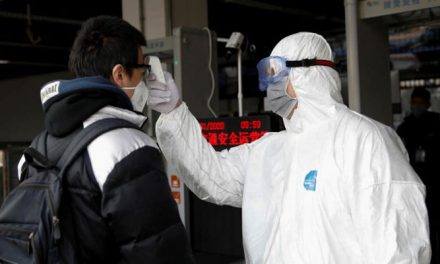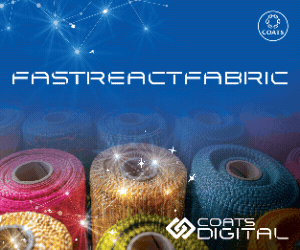 A team of researchers from the NUS College of Design and Engineering have drawn inspiration from how spiders spin silk to develop a new method to produce soft yet strong fibres. Led by Assistant Professor Tan Swee Ching from the college‘s Department of Materials Science and Engineering, the team has developed a new spinning process known as the phase separation-enabled ambient (PSEA) spinning approach.
A team of researchers from the NUS College of Design and Engineering have drawn inspiration from how spiders spin silk to develop a new method to produce soft yet strong fibres. Led by Assistant Professor Tan Swee Ching from the college‘s Department of Materials Science and Engineering, the team has developed a new spinning process known as the phase separation-enabled ambient (PSEA) spinning approach.
The new method enables the spun fibres to retain three key properties; strong, stretchable, and electrically conductive, similar to properties of spider silk, while also ensuring that the fibres can be easily reused to produce new fibres.
During the research, fibres were spun from a viscous gel solution comprised of polyacrylonitrile (PAN) and silver ions – referred to as PANSion – dissolved in dimethylformamide (DMF), a common solvent.
The gel solution is known as ‘the spinning dope’, which forms into a strand of soft fibre through the spinning process when the gel is pulled and spun under ambient conditions.
The team says that the fabrication process can be carried out at room temperature and pressure, and uses less solvent as well as less energy, “making it an attractive option for producing functional soft fibres for various smart applications”.
According to the research team, analysis of the PANSion soft fibres at the molecular level confirmed their electrical conductivity and showed that the silver ions present in the PANSion gel contributed to the electrical conductivity of the soft fibres.
The team then concluded that the soft fibres fulfil all the properties that would allow them to be versatile and potentially be used in a wide range of smart technology applications.
“Technologies for fabricating soft fibres should be simple, efficient and sustainable to meet the high demand for smart textile electronics,” said Asst Prof Tan.
“Soft fibres created using our spider-inspired method of spinning have been demonstrated to be versatile for various smart technology applications.
“For example, these functional fibres can be incorporated into a strain-sensing glove for gaming purposes, and a smart face mask to monitor breathing status for conditions such as obstructive sleep apnea. “These are just some of the many possibilities.”


















